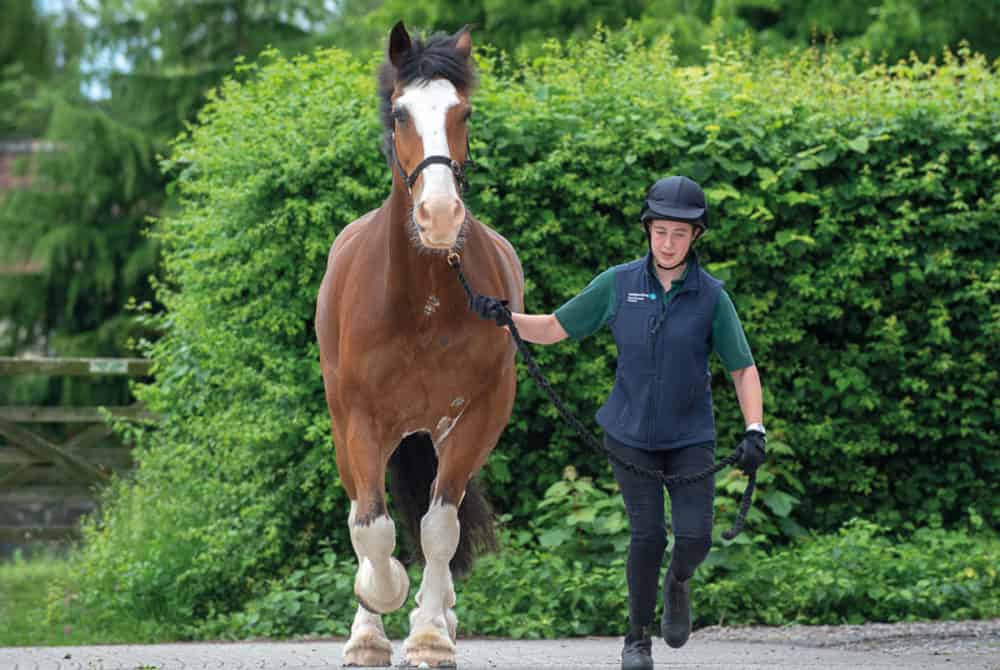An owner’s guide to lameness
Posted 4th February 2019
Are you confident that your horse is 100% sound? Vet Lucy Meehan, from Langford Vets, explains how to spot even the most subtle signs of lameness and what to do if you detect a problem

Lameness is something that affects most horses at some point in their lives. It occurs when your horse is unwilling or unable to use his leg properly and most of the time it’s caused by pain, but on very rare occasions it’s an issue that physically prevents him from using his leg normally.
Sometimes the lameness causes an obvious limp but, unfortunately, not all lamenesses are easy to see and many milder cases can easily go unnoticed. Therefore, it’s vital that you’re aware of what to look for so you can spot the earliest signs of a problem and get your horse the help he needs to feel comfortable again.
Identifying lameness
Most lamenesses are mild, which can make it trickier for you to recognise that something’s wrong. However, there are a few tell-tale signs to look out for. For example, sometimes the lameness can appear as stiffness rather than limping, especially if your horse is experiencing pain in more than one leg. Some mild forelimb lamenesses can cause your horse to stumble or trip more often, too.
If you suspect your horse is lame, you’ll need to watch him move from the ground to try to assess the severity and decipher which leg is affected. Unless he’s obviously lame, it’s best to assess him in trot, as this is the easiest gait for spotting lameness.
Ask a friend to trot your horse up, both away from you and towards you, on a flat, firm surface. It’s important that they allow some slack in the leadrope so you can see your horse’s natural head movement. Here’s what to look for when trying to identify which leg the lameness is affecting…
- foreleg Your horse will lift his head when the lame leg strikes the floor. Then, when he’s bearing weight on the sound limb, his head will move into a more normal position, which will make it look like he’s nodding his head on the sound leg
- hindleg Hindlimbs are much trickier to assess, but you’re looking for differences in the movement of his hips (sometimes known as hip hike). Watch your horse trotting from behind and look at the overall degree of movement of each hip. The hip with the greatest degree of movement is the lame leg. Horses with pain in their hindlimb are also often reluctant to flex the limb to carry it forwards, which may cause them to drag their toe. They may be reluctant to bring the limb forward, too, which may result in a shortening of the stride, and this can be seen when watching your horse from the side
Get your copy of Spring Horse&Rider, on sale 7 February, for more top tips on how to spot the signs of lameness.










